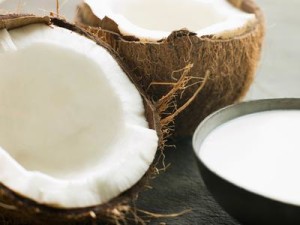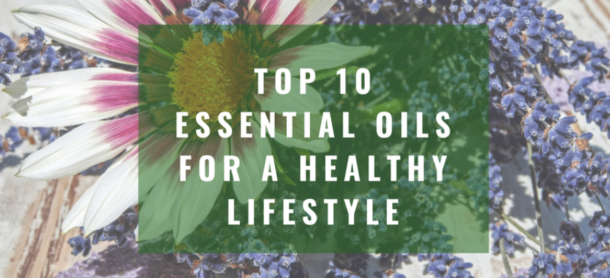Holistic Eating Basics
Understanding Cholesterol and Triglycerides
Here are some basic facts on fats.
(Written by Carla Wynn Hall)
When choosing a holistic lifestyle, one of your most valuable tools is education. Sure you have heard about and read about “FAT” as long as you have been around but do you know what each type of fat does within your bloodstream? Here are some quick facts for you. Later in this blog series we will go into the emotional aspects of eating fat from animals and why it is just best to have an eye on the emotional affects of consuming meat.
Cholesterol is waxy, fat-like substance needed for certain body functions—but too much is unhealthy. Triglycerides are another type of fat measured in the blood. Both are transported through the bloodstream on molecules called lipoproteins—either low density lipoproteins (LDL) or high density lipoproteins (HDL). LDL carries cholesterol and triglycerides from the liver out to various cells of the body. HDL brings them back to the liver to be metabolized.
Good vs. Bad – High HDL cholesterol and triglyceride levels are associated with an increased risk of atherosclerosis (hardening of the arteries), heart disease and heart attack. That’s why LDL is called the “bad” cholesterol. Excessive LDL cholesterol sticks to the artery walls, which over time causes arteries to narrow and restricts the flow of blood and oxygen to the heart. When blood flow in an artery leadings to the heart becomes blocked, a heart attack occurs. HDL cholesterol works in the opposite way by removing cholesterol from the bloodstream. A high level of this “good” cholesterol actually helps lower the risk of atherosclerosis, heart disease and heart attack.
Silent Enemy – By itself, high LDL cholesterol does not have symptoms, so many people at risk are unaware that their cholesterol level is too high. That is why checking your cholesterol level regularly is so important.
What do the Numbers Really Mean? – Cholesterol and triglyceride levels are measured as milligrams (mg) of cholesterol or triglycerides per deciliter (dL) of blood. Below are the levels the National Heart, Lung and Blood Institute deem as too high, too low, borderline and optimal.
Take this down in your notes and bookmark! Keep this close to you and remember to follow me on social media to learn more.
Total Cholesterol:
Less than 200 mg/dL ————————————Optimal
200-239 mg/dL ——————————————–Borderline High
240 mg/dL and above ———————————–High
LDL Cholesterol:
Less than 100 mg/dL ————————————Optimal
100-129 mg/dL ——————————————–Near Optimal
130-159 mg/dL ——————————————–Borderline High
160-189 mg/dL ——————————————–High
190 mg/dL and above ———————————–Very High



